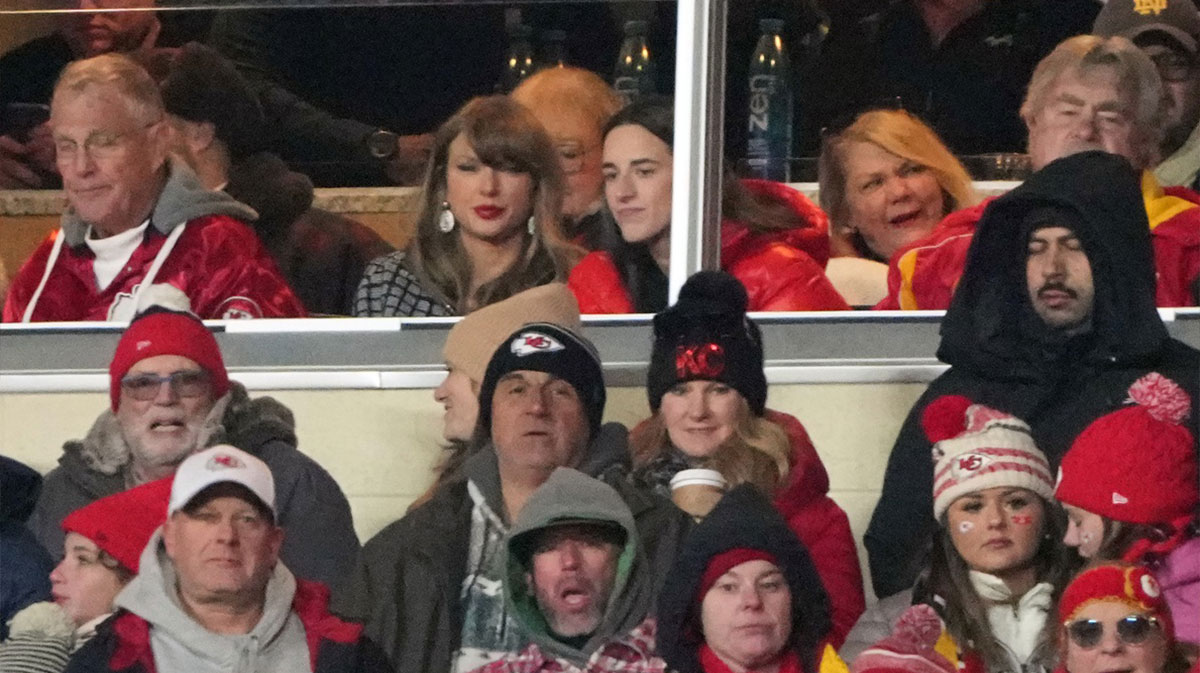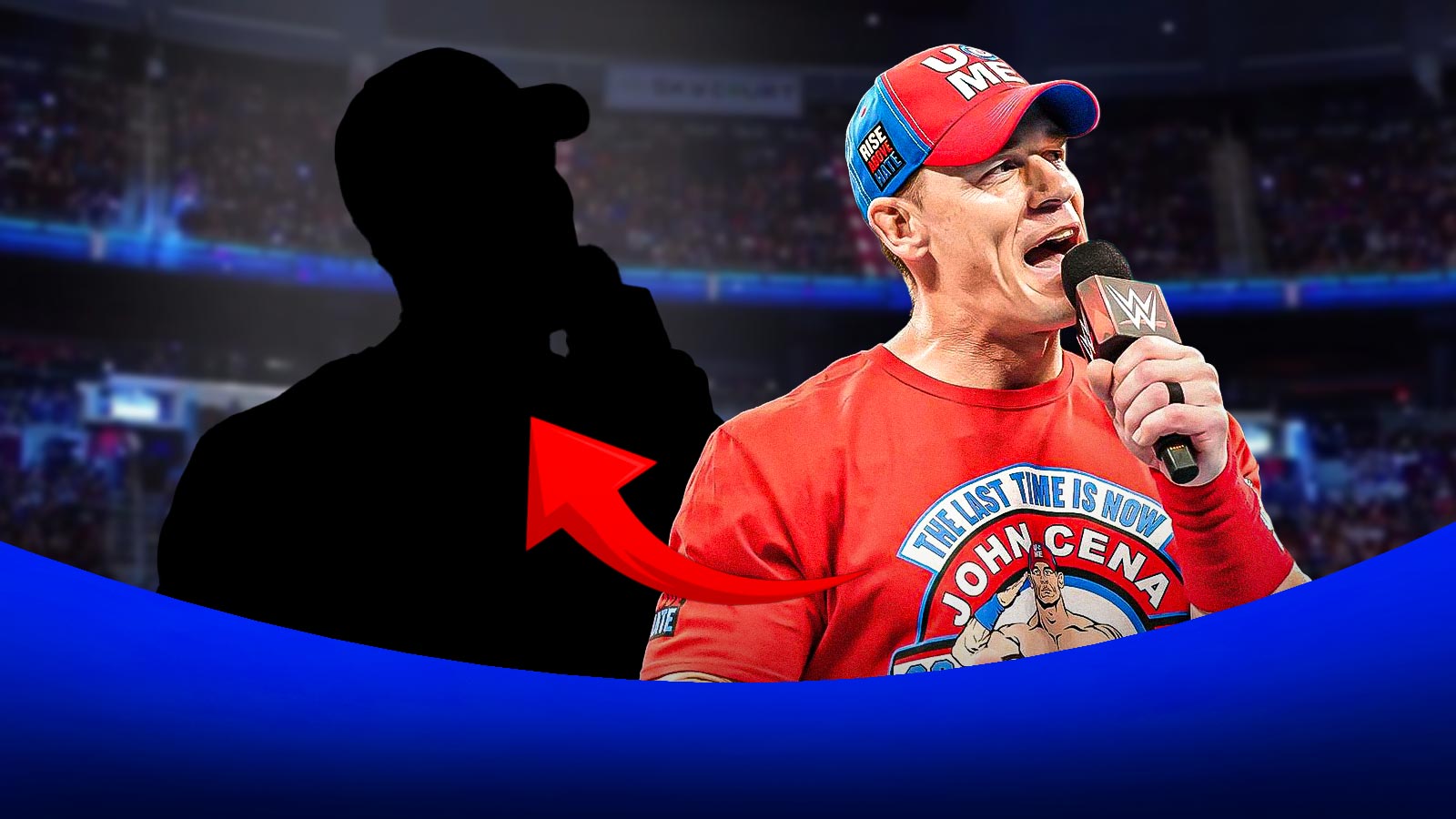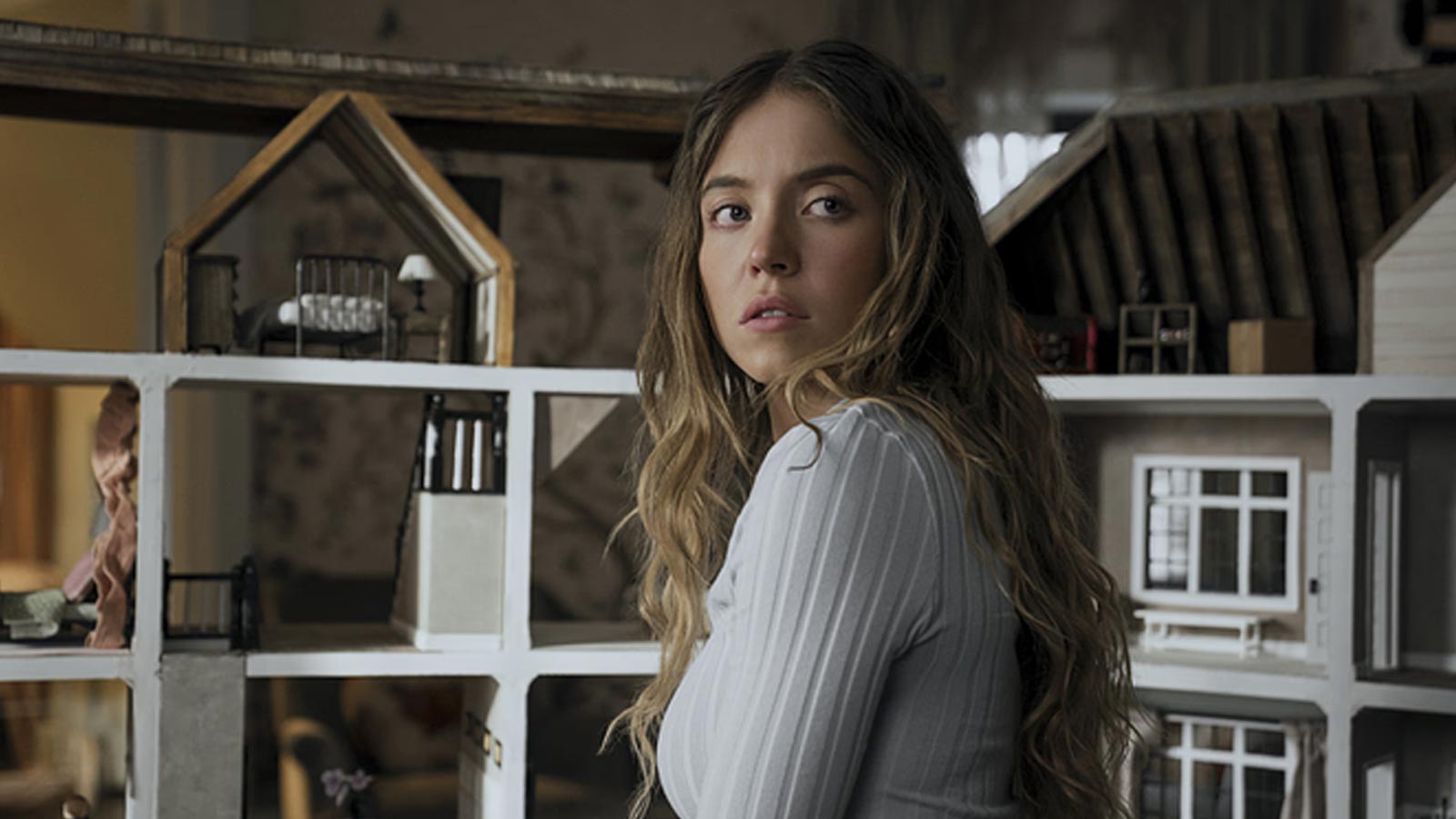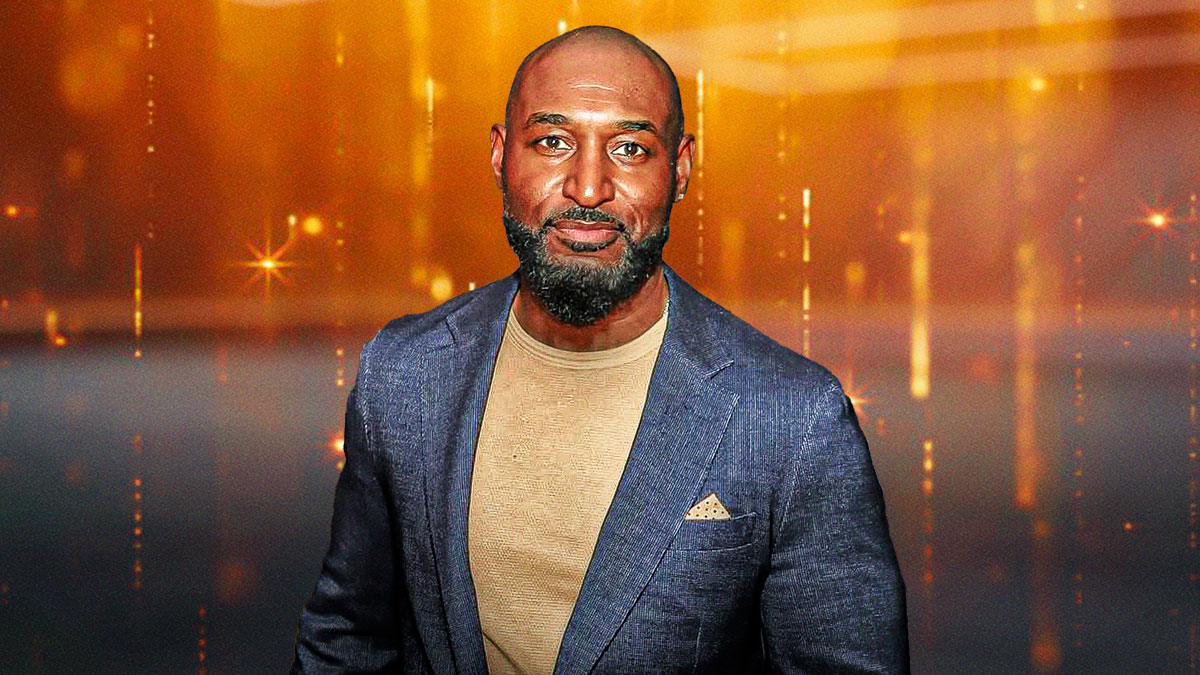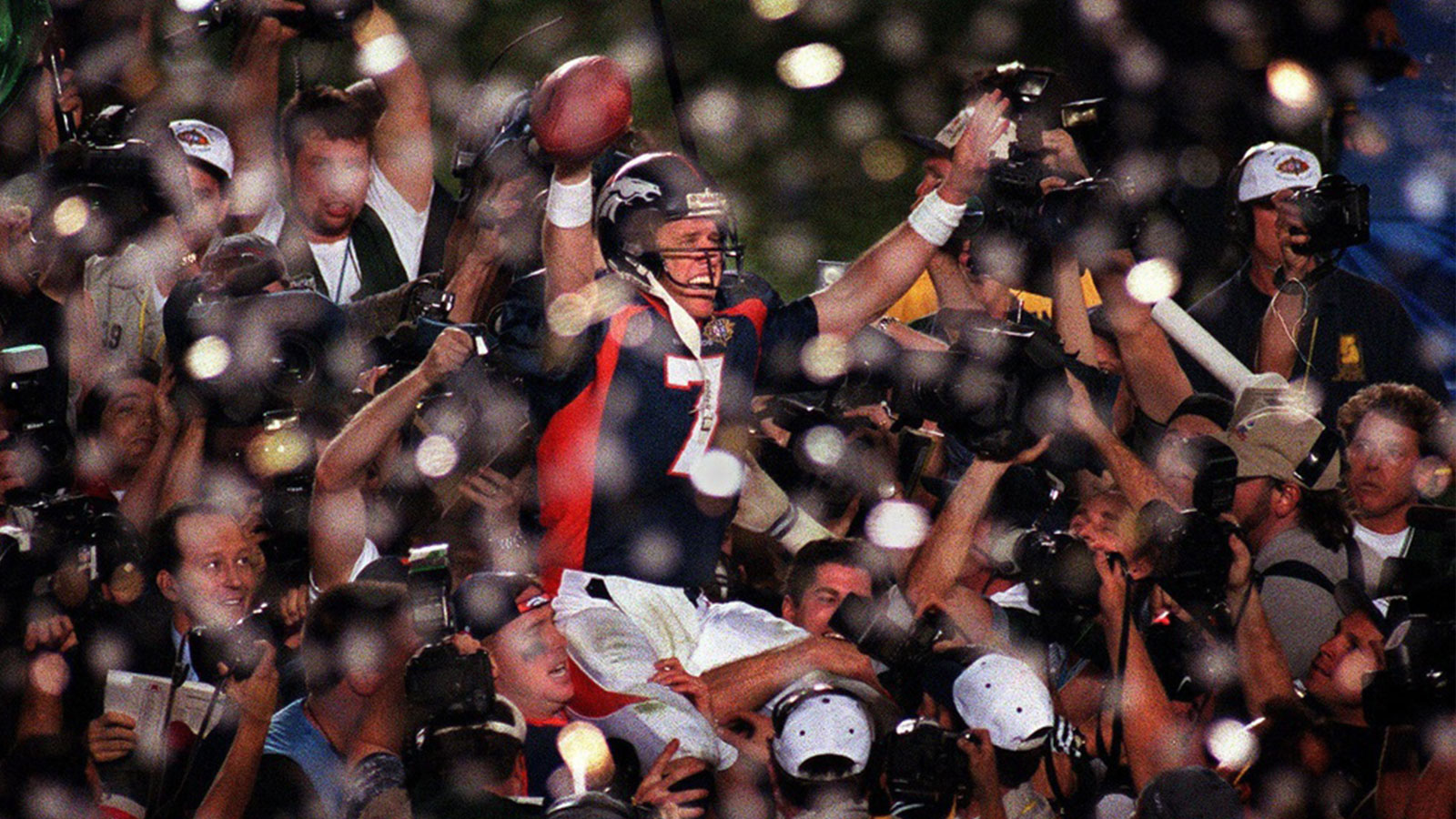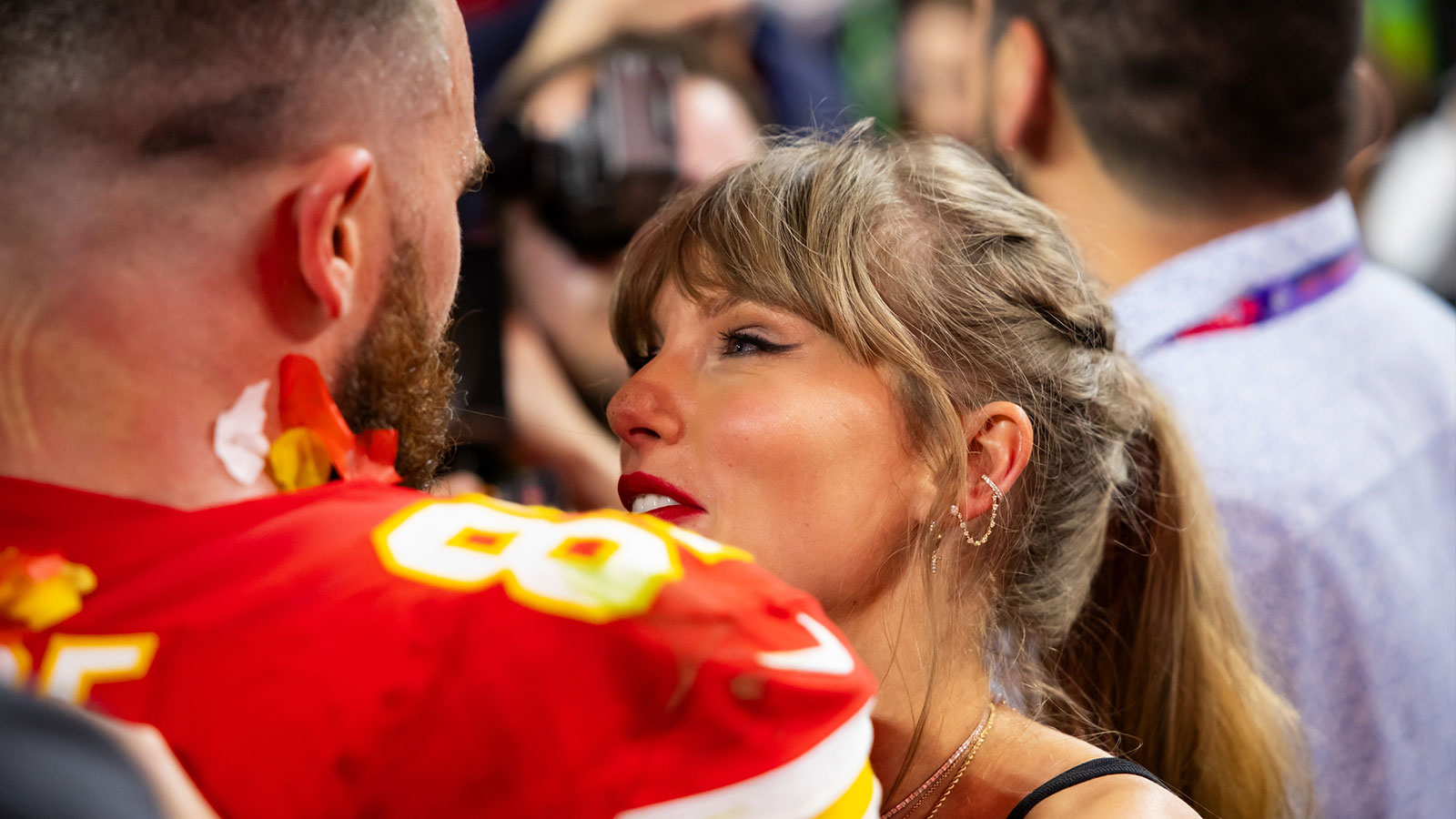With the 2024 Cannes Film Festival in full swing, almost every single article reporting about the films premiering there always include an item about how long the standing ovation was.
As per my research, it's a Cannes tradition. The audience shows its appreciation for the movies and the people responsible for them by standing up and clapping — for several minutes. In fact, IndieWire has a running tally on how long the standing ovations are for the current films.
Cannes Film Festival: The home of standing ovations
To date, this is how long the standing ovations are for this year's movies:
- Beating Hearts (L’Amour Ouf) – dir. Gilles Lellouche, 15 minutes
- The Seed Of The Sacred Fig – dir. Mohammad Rasoulof, 15 minutes*
- The Count of Monte-Cristo – dirs. Alexandre de La Patellière and Matthieu Delaporte, 12 minutes*
- Emilia Pérez – dir. Jacques Audiard, 11 minutes
- Horizon: An American Saga – dir. Kevin Costner, 10 minutes
- The Most Precious Of Cargoes – dir. Michel Hazanavicius, 10 minutes
- The Substance – dir. Coralie Fargeat, 9 minutes
- Parthenope – dir. Paolo Sorrentino, 9 minutes
- Marcello Mio – dir. Christophe Honoré, 8 minutes*
- The Apprentice – dir. Ali Abbasi, 8 minutes
- Marcello Mio – dir. Christophe Honoré, 8 minutes
- Anora – dir. Sean Baker, 7.5 minutes
- Bird – dir. Andrea Arnold, 7 minutes
- Megalopolis – dir. Francis Ford Coppola, 7 minutes
- Furiosa: A Mad Max Saga – dir. George Miller, 6 minutes
- The Girl with the Needle – dir. Magnus von Horn, 6 minutes
- Kinds of Kindness – dir. Yorgos Lanthimos, 6 minutes
What are they for?
Before this year's festival, I used to think that standing ovations aren't a dime a dozen — they're supposed to be special. And I suppose if you were a young filmmaker and and in the room, you clocked the time at “a six-and-a-half-minute standing ovation, [but] by the time I had got back to L.A., it had grown to 20 minutes. I said: ‘Wait a minute, I'm happy with six. I never even had a two-minute ovation.'”
The year was 1982, and according to The Hollywood Reporter, that director was Steven Spielberg and the film was E.T. the Extra Terrestrial, which was the last movie shown at the 35th Cannes Film Festival in 1982.
Even more than 40 years ago, people had been timing how long standing ovations were — and there were arguments about how long the audience was on their feet. And marketing departments have been using those numbers as a hook for the movie's promotions.
And though the whole thing is widely mocked — even those who are part of the machinery that promotes these very numbers — I think it's here to stay.
A major US indie movie distributor said he hates it because “it reduces a movie to a single data point, but it's very sticky data point.”
“People remember, ‘That film got a 10-minute standing ovation in Cannes,'” he added.
Not an exact science
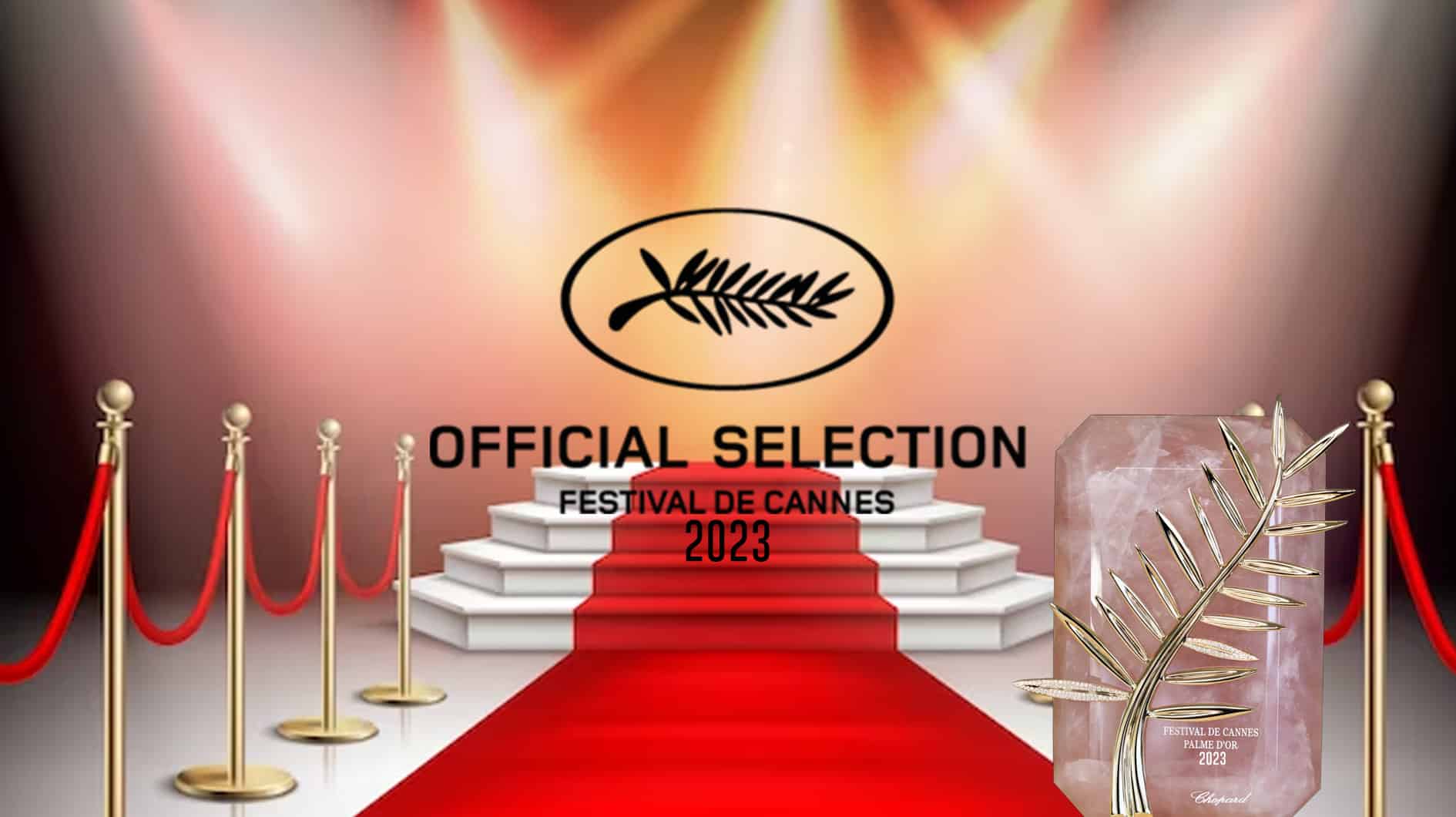
There's also the question of how it's measured. It's not exact science — much less an exact science. At least not yet.
One question that's the easiest to answer is when it begins, at least for me. It should begin the moment someone claps. And it should end once you can no longer here the clapping.
Still, no one's in charge of timing it. It's a wonder no one's thought of it yet. Maybe next year, they'll start. Someone from the festival's organizers could assign a specific individual to be at every single movie premiere with a stopwatch. Theirs would be the official word on exactly how long the standing ovation is. They'd release the official time at the end of the premiere.
There would be rules as well. One of them would be to disallow hyping up the crowd so they'd stay on their feet longer. That's what Nicolas Cage did for the midnight screening of The Surfer. He led the audience to chant “Surfer! Surfer! Surfer!”
However, the standing ovations are not always given to the film with the most artistic merit. Most of the time, it's because of the stars that are in attendance. Or in Megalopolis' case, its legendary director Francis Ford Coppola.
David Kajganich, writer and producer of Luca Guadagnino's Bones and All, which received a 10-minute standing ovation at its Venice Film Festival premiere in 2022, said, “When people stand for ovations at the end, they're partly standing for how they were made to feel by the film, but they're also standing for their excitement for the people involved.”
“To me, it's more about the people than about the film,” he continued.
Does it matter?
As it is, a standing ovation doesn't guarantee that a film impressed critics or will do well at the box office. At least not always. The 2011 drama The Beaver, which starred two-time Academy Award winners Mel Gibson and Jodie Foster, had a 10-minute standing ovation. It only had a 63% Tomatometer and a 55% audience score. It was a box office flop which only made $7.3 million against a $21 million budget.
The 2012 crime drama The Paperboy, with Nicole Kidman and Matthew McConaughey, received a 15-minute standing ovation. It had a dismal 45% Tomatometer and an even lower 33% audience score. It also didn't do well at the box office, only earning $3.8 million. The 2016 horror thriller The Neon Demon had a 17-minute standing ovation only received a 59% Tomatometer and a lower audience rating at 51%. Even though it only had a limited release, the movie only made $3 million.
It's not all bad, though. The film holding the record for the longest standing ovation is Guillermo del Toro's 2006 fantasy drama Pan's Labyrinth. It had a standing ovation of 22 minutes. Its Tomatometer score is currently at 95% and an audience rating of 91%. It earned a worldwide box office of $83.9 million against a $19 million budget.
Michael Moore's 2004 documentary Fahrenheit 9/11 was the first project to get a standing ovation that lasted 20 minutes. It has an impressive Tomatometer rating of 82% and a 70% audience rating. It had an even better global box office result, earning $222.4 million against a $6 million budget.
So maybe there's something to be said about standing ovations.
Film Standing Ovation Chart
| Movie | Year | Director | Standing Ovation | Rating | Box Office Result |
| Pan's Labyrinth | 2006 | Guillermo del Toro | 22 minutes | C: 95%; A: 91% | $83.9 million |
| Fahrenheit 9/11 | 2004 | Michael Moore | 20 minutes | C: 82%; A: 70% | $22.4 million |
| Mud | 2012 | Jeff Nicholls | 18 minutes | C: 97%; A: 80% | $32.6 million |
| The Neon Demon | 2016 | Nicolas Winding Refn | 17 minutes | C: 59%; A: 51% | $3 million |
| The Paperboy | 2012 | Lee Daniels | 15 minutes | C: 45%; A: 33% | $3.8 million |
| Capernaum | 2018 | Nadine Labaki | 15 minutes | C: 90%; A: 93% | $64.4 million |
| Belle | 2021 | Mamoru Hosoda | 14 minutes | C: 95%; A:95% | $64.7 million |
| Bowling for Columbine | 2002 | Michael Moore | 13 minutes | C: 95%; 83% | $58 million |
| Elvis | 2022 | Baz Luhrmann | 12 minutes | C: 77%; A:94% | $288.7 million |
| The Artist | 2011 | Michel Hazanavicius | 12 minutes | C: 95%; A:87% | $133.5 million |
| Inglorious Basterds | 2009 | Quentin Tarantino | 11 minutes | C: 89%; A: 88% | $321.5 million |
| The Beaver | 2011 | Jodie Foster | 10 minutes | C: 63%; A: 55% | $7.3 million |
| Captain Fantastic | 2016 | Matt Ross | 10 minutes | C: 83%; A: 85% | $23.1 million |
| BlacKkKlansman | 2018 | Spike Lee | 10 minutes | C: 96%; A:83% | $93 million |
| Carol | 2015 | Todd Haynes | 10 minutes | C: 94%; A: 75% | $42.4 million |
| Killers of the Flower Moon | 2023 | Martin Scorsese | 9 minutes | C: 93%; A:84% | $157 million |








